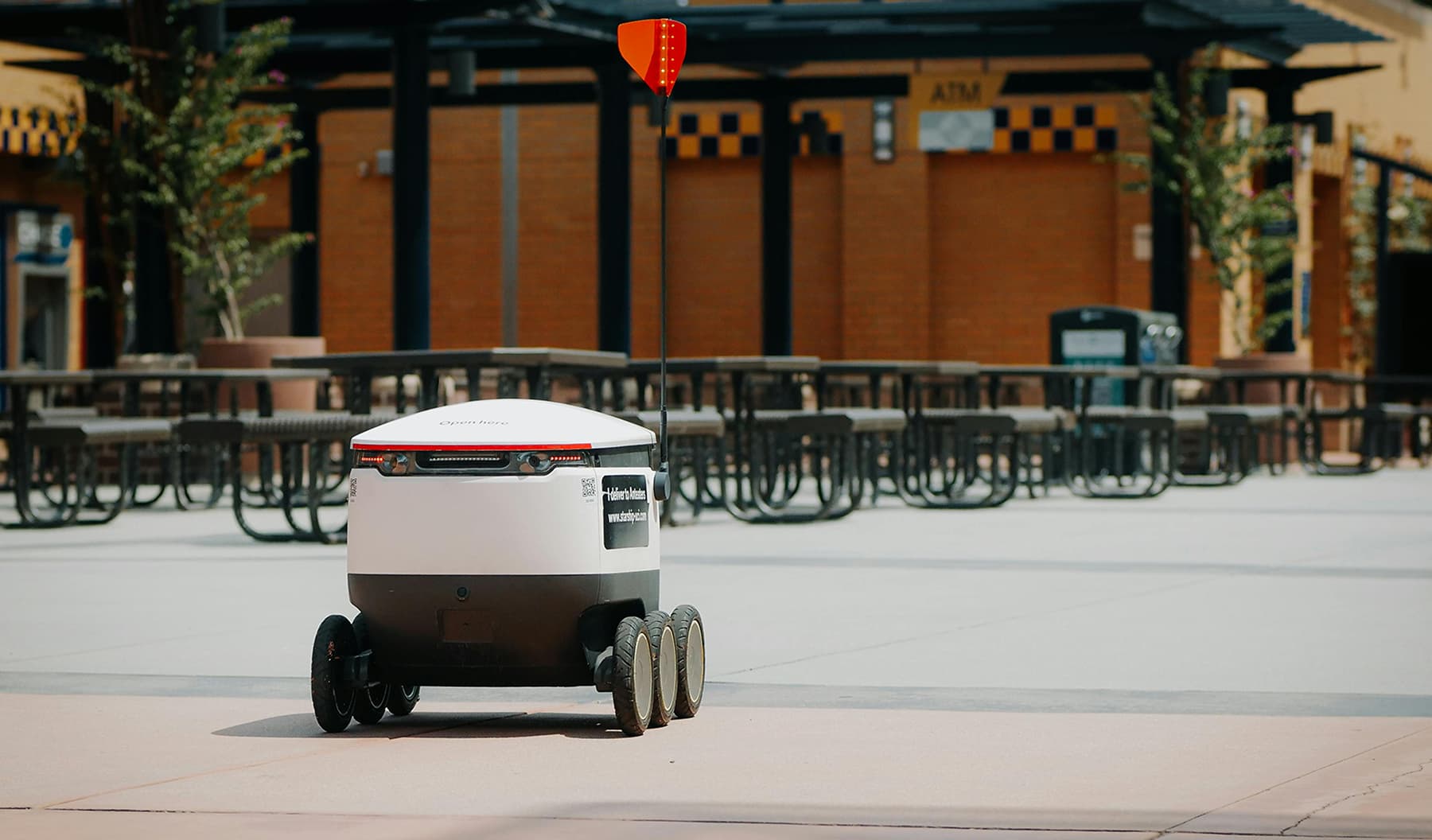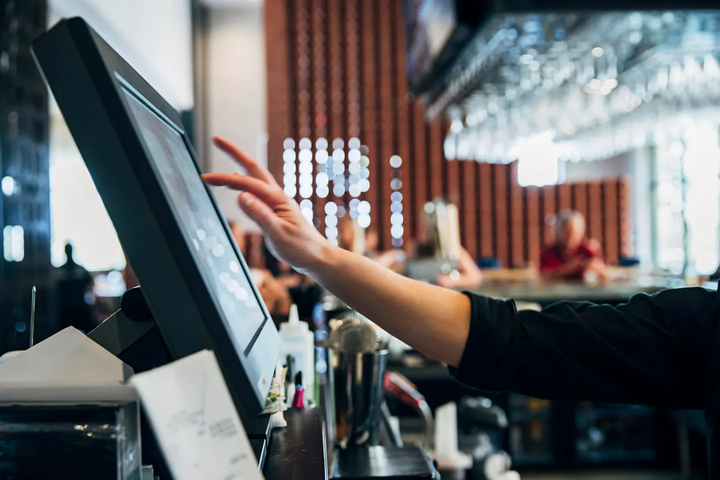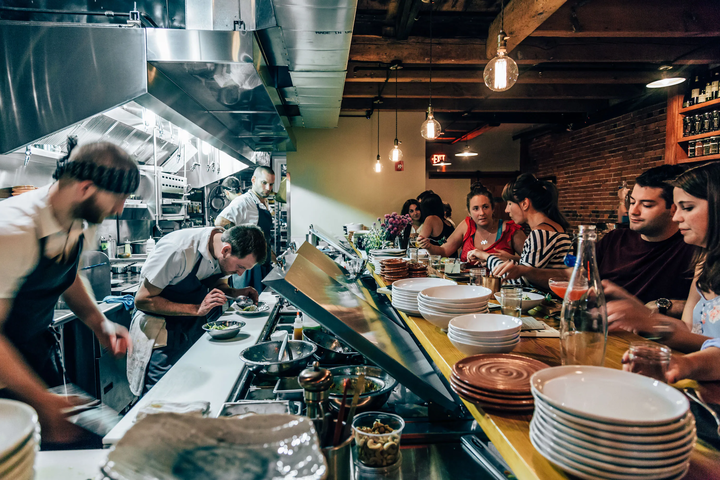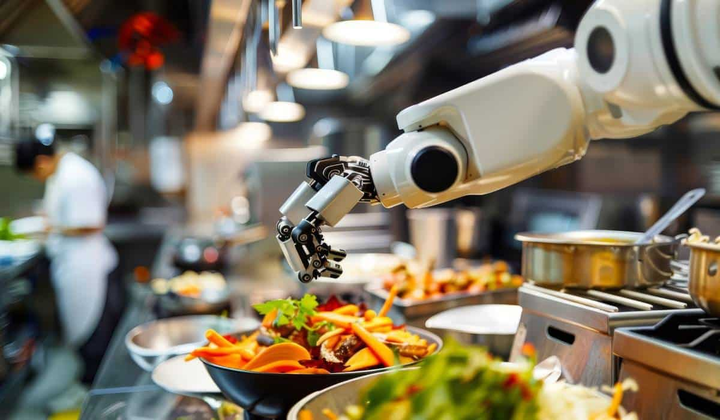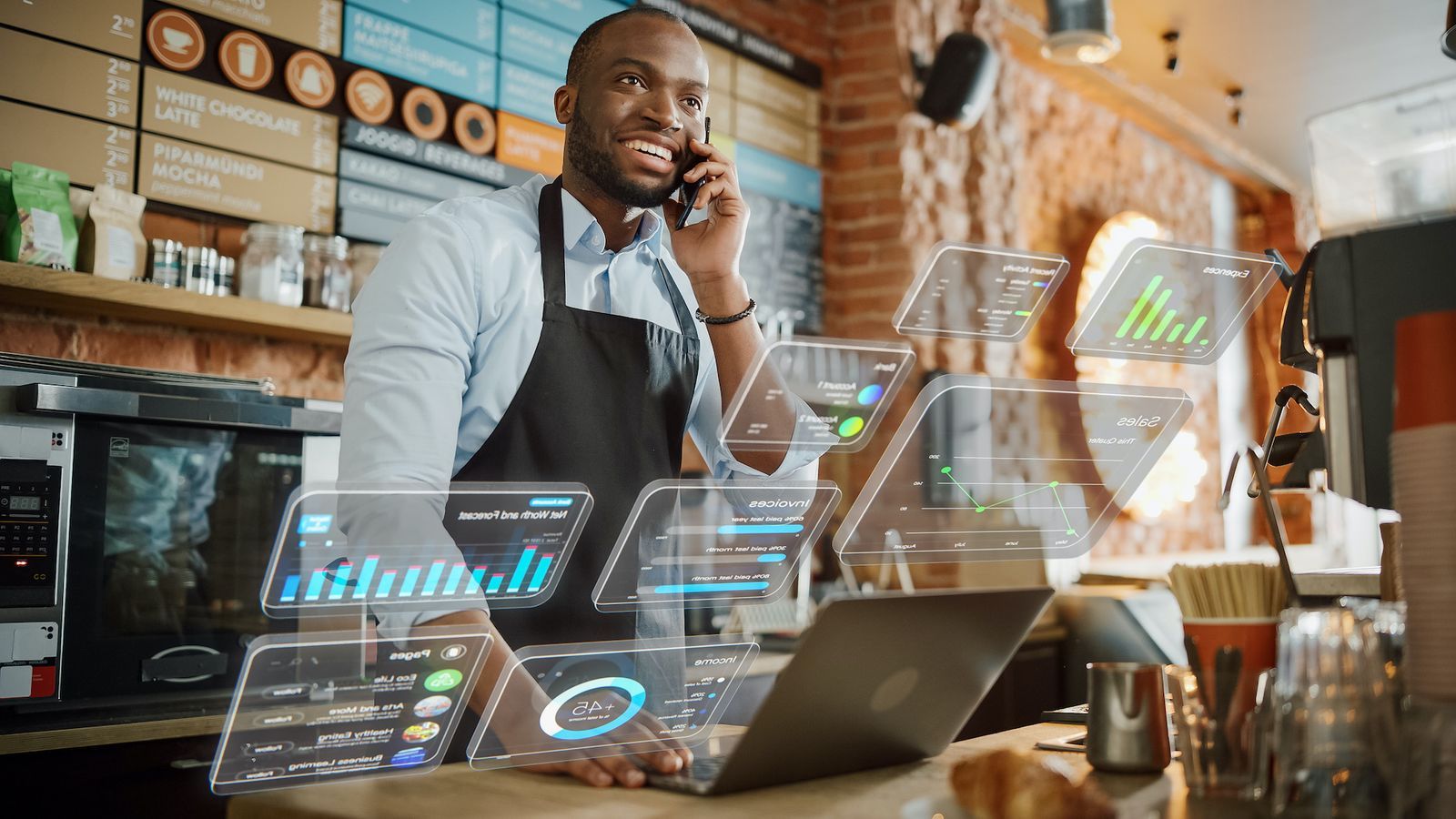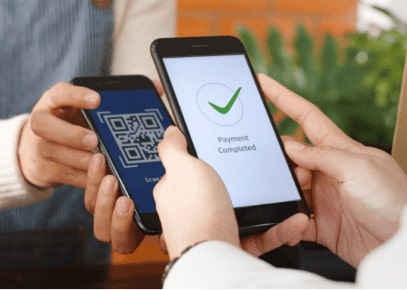Key Takeaways
We are in the middle of the on-demand revolution, where developed countries like America are experiencing a massive boom in online ordering and delivery. On-demand meals are pretty lucrative as they not only tend to excite our taste buds but also take off the burden of cooking at home. After all, who wouldn’t like summoning a bowl of Quinoa Rice delivered while watching an episode of The Crown, especially after spending an entire day on overdrive at work?
If statistics are to be believed, on average, Americans are spending roughly 110 minutes cooking each day, compared to 140 minutes per day in the 1970s and about 150 minutes per day in the 1960s. At the given rate, Food Delivery is going to become a $365 million industry by 2030, according to a study published by UBS, an investment bank.
Naturally, everyone benefits from this trend. Restaurants get to add another stream of revenue to their business model whereas people that lack resources and control of their own time can choose convenience whenever they can. But convenience comes at a cost. An average two-person meal ordered from a US-based restaurant costs $20 whereas a meal cooked at home costs $5. Delivery and packaging costs add another burden to the final cost. Thus, restaurants are required to take measures to lower food and delivery cost, so customers are encouraged to order more than they do now without having to worry about the financial burden.
So, how can restaurants lower the food and delivery cost, while adding a good percentage to the profit?
Gathering a large number of orders that can be fulfilled speedily by courier networks has to be the first step. However, having a cheap and dependable labor pool is crucial to the model. Timely delivery and other important factors to wheel this process depends upon them. It also relies on the idle driver's availability to reduce passenger wait times. And then there’s always technology!
The Power of AI
The rise of the AI industry has revolutionized all industries, including the restaurant industry. Shared or 'dark' kitchens are equipped to create a host of different cuisines under one roof, cutting the cost of professionally prepared food. AI and robotics offerings can potentially reduce the cost of operations even further.
CREATOR, an innovative hamburger joint based out of San Francisco claims to deliver a burger worth $18 for $6. The substance behind this business model is that it uses a robochef to bring down the menu prices. One of the reasons for this significant drop in the price is that the restaurant doesn’t have to deal with high operational costs and even high attrition rates - two challenges that have plagued the restaurant industry since the beginning of time.
Delivery Drones
Drone delivery takes about five minutes to complete a delivery compared to 30-45 minutes for vehicle deliveries. With no fuel costs, no human costs and minimal maintenance, the fleet of drones will help restaurants reduce the delivery cost and increase the revenue; and that’s exactly what a business is about!
Delivery drones increase the capacity through low-cost labor and halve the unit cost of delivering meals.
These droids use cameras and GPS signals to navigate and once it reaches the destination, the customer needs to enter a code for the droid to successfully deliver the order.
In 2013, a Domino's franchise in the UK tested Domicopter, a drone for home delivery. In 2016, after negotiating with the government and considering several factors, Domino's triumphed in delivering two pizzas within just 5 minutes!
Factory-made Food
UBS, an investment bank, compared app-based delivery of clothes with people buying from stores or ordering clothes online, rather than making their own garments. And while today, you will find a majority of people hooked up to their phones to order even a pair of socks, several families in the developed economies preferred making their own garments a century ago. But of course, supply chains were born and mass consumption happened.
Home cooking can choose a similar path in the future.
This idea is not only cost-effective but can also bring massive transformation to the food delivery industry. Secondly, you can have your business run 24/7 because machines won't complain about working long hours, neither will expect increments every year. More than that, such factories will be equipped to cook and prepare more meals than what’s currently being cooked at any full-fledged restaurant or eatery. The more the volume, the lower the food cost will be!
Over to you!
What do you think about the future of online ordering? Can robots completely take over the kitchen to expedite the processes or will Drone Deliveries help restaurants reduce labor costs as much as it’s anticipated? More than anything, will restaurants be willing to move from human-intensive to technology-intensive model in the future? Share your thoughts in the comment section below!
Frequently Asked Questions
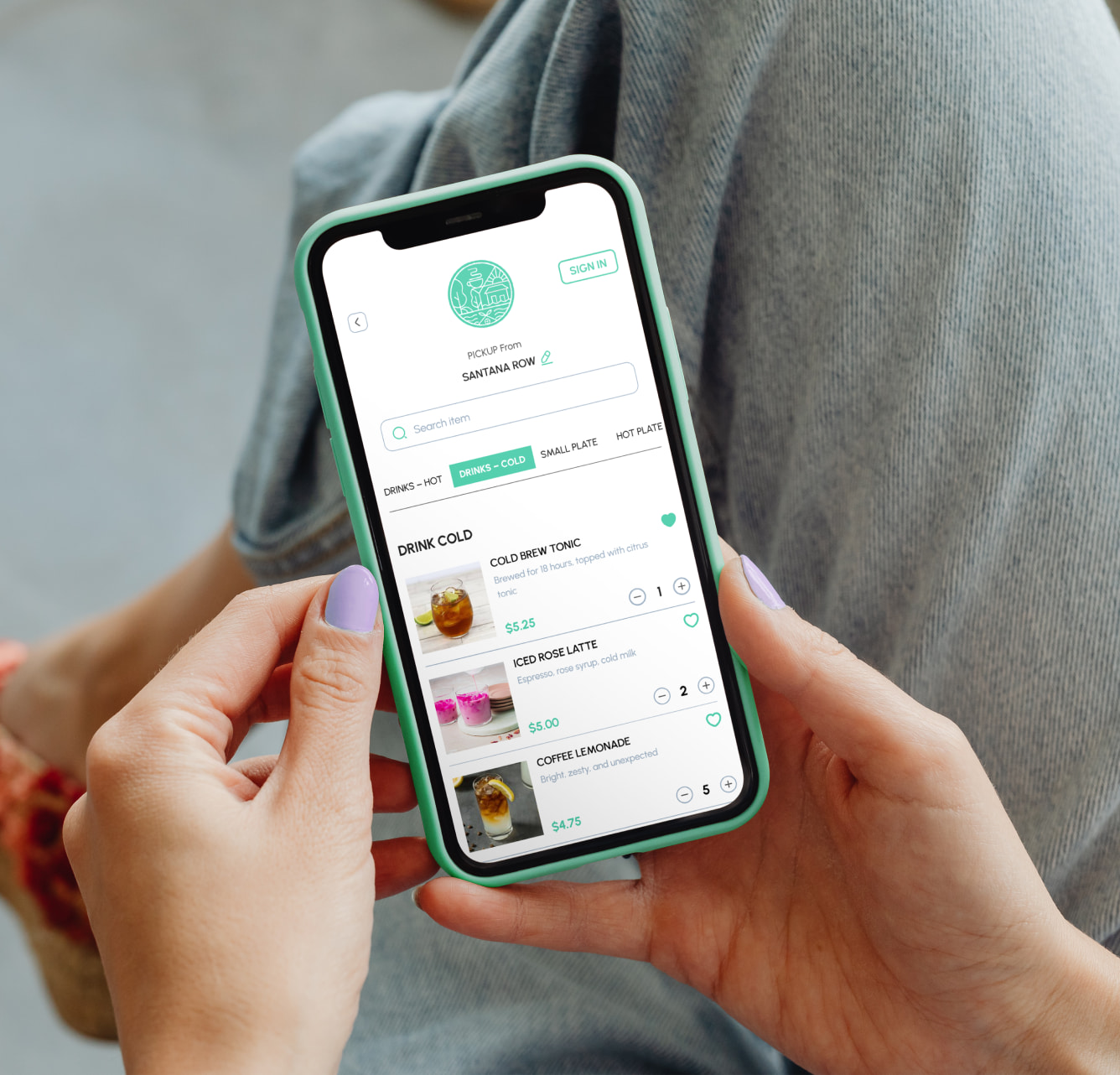

.gif)
